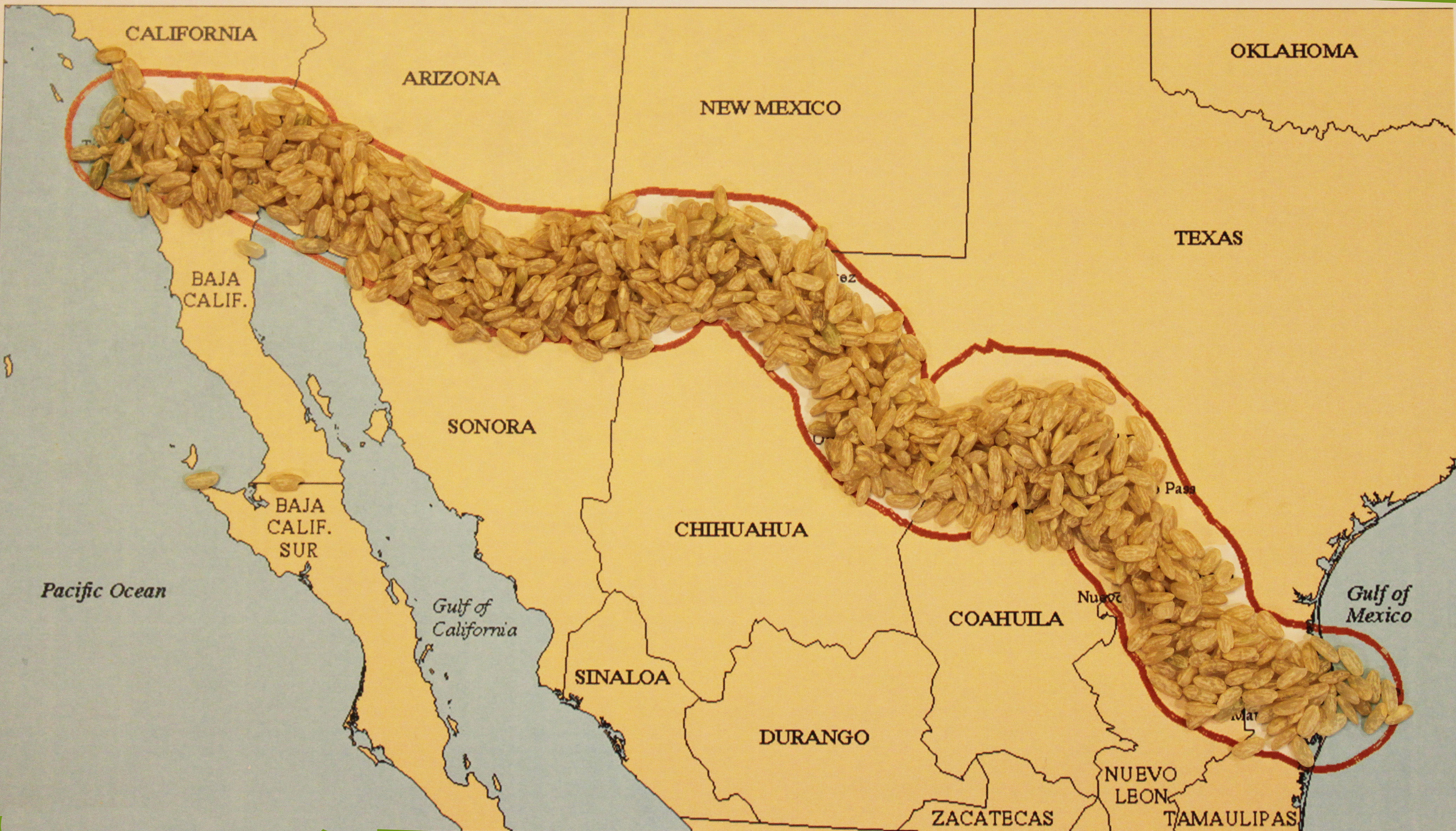 Trump's Great Wall
Trump's Great Wall
Apr 01, 2016
SOMEWHERE ON THE BORDER BETWEEN THE U.S. AND MEXICO -- Citing new project cost estimates that show the proposed Trump Wall between the U.S. and Mexico costing more than six times initial estimates, prospective designers have taken a play out of an ancient Chinese book and turned to rice as a possible lower cost building material.
“It’s pretty well documented that the Great Wall of China has rice husks as one of the binding agents and that it worked really well,” said Art Vandalay, a professor of architecture and urban planning at Whassamatta University in Saskatchewan, Canada. “They had a massive public works project and a natural supply of a very hardy material – it was an ingenious solution to a complex engineering problem.”
The Department of Operational Planning Expenses (DOPE) has reported that the Trump Wall, first estimated to cost about $4 billion, is now looking at conservative cost estimates of $25 billion, and that materials and transportation of those materials is a major factor.
“You have a lot of rice being grown and milled right there in Texas and in neighboring Louisiana that could keep a steady flow of rice husks to the 1,000 mile job site,” Vandalay explained. “Of course this would mean using bricks and cinder blocks rather than tall slabs of concrete to make up the wall itself, but it is an option that could prove cost effective, environmentally friendly, and tasty.”